Summer Savory Plant Care – Tips On Growing Summer Savory Herbs
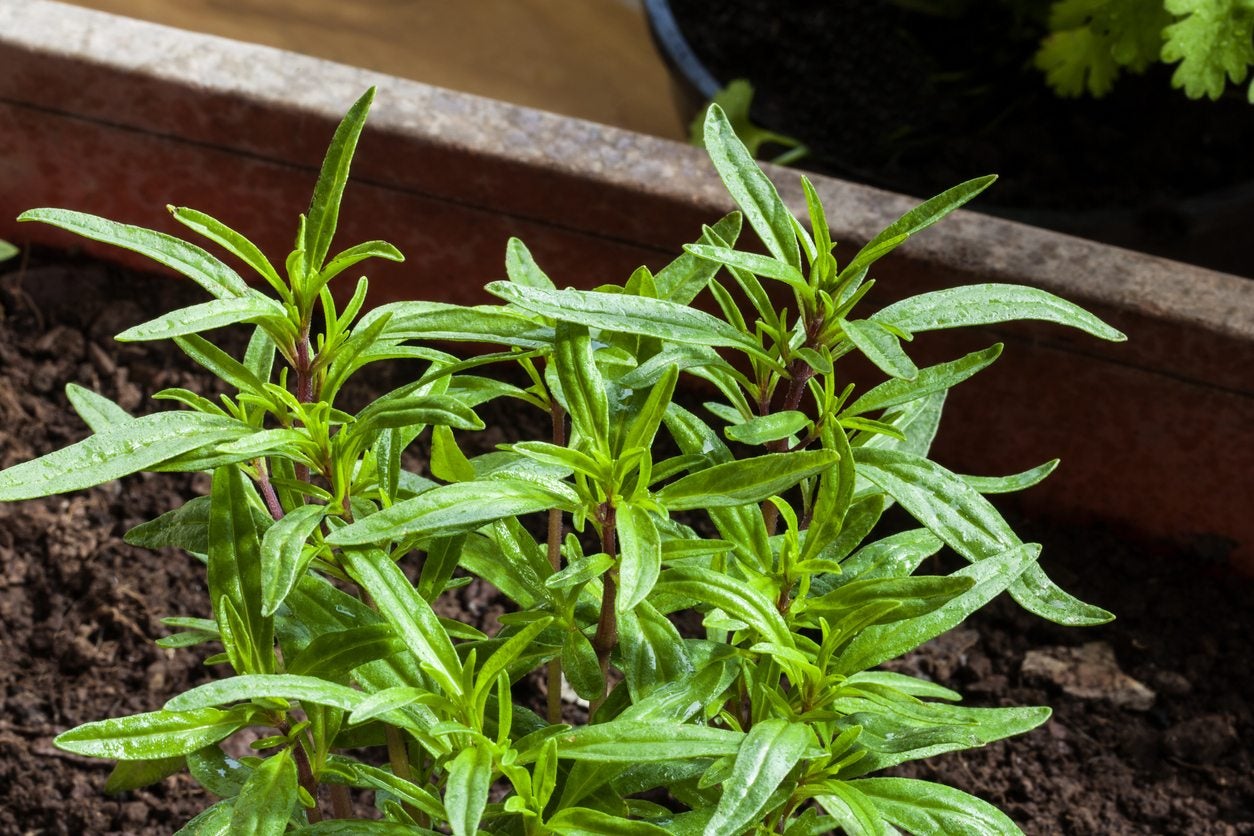

Summer savory (Satureja hortensis) may not be as well-known as some of its herb counterparts, but it’s a serious asset to any herb garden. Keep reading to learn more about growing summer savory herbs, including summer savory plant care.
Summer Savory Uses in the Garden
What is summer savory? It’s the annual equivalent of its close perennial cousin winter savory. While summer savory lasts for only one growing season, it’s thought to have the most superior flavor. It’s a popular ingredient in meat recipes, as well as oil, butter, and vinegar infusions. Its flavor shines the most in bean dishes, however, earning it the name “the bean herb.” Summer savory plants grow in a mound-like formation and tend to reach a foot (31 cm.) in height. The plant has many thin, branching stems with a purple cast that are covered in fine hairs. The inch long (2.5 cm.) leaves are much longer than they are wide and have a gray-green color to them.
How to Grow Summer Savory Plants
Growing summer savory herbs is very easy. The plant likes rich, moist, well-drained soil and full sun. It also grows quickly and easily enough that it’s not at all a hassle to start a new crop each spring. Summer savory plants can be sown as seed directly into the ground after all danger of frost has passed. The seeds can also be started indoors about four weeks before the last frost, then transplanted out in warmer weather. It can even be grown indoors during the winter. Little summer savory plant care is necessary, other than watering. Harvest your summer savory by cutting off the tops when buds are just beginning to form. In order to have summer savory all summer long, sow new seeds once per week. This will allow you to have a constant supply of plants that are ready to harvest. Savory herb plants, both summer and winter types, can provide your garden (and food dishes) with that extra pizazz.
Gardening tips, videos, info and more delivered right to your inbox!
Sign up for the Gardening Know How newsletter today and receive a free copy of our e-book "How to Grow Delicious Tomatoes".

The only child of a horticulturist and an English teacher, Liz Baessler was destined to become a gardening editor. She has been with Gardening Know how since 2015, and a Senior Editor since 2020. She holds a BA in English from Brandeis University and an MA in English from the University of Geneva, Switzerland. After years of gardening in containers and community garden plots, she finally has a backyard of her own, which she is systematically filling with vegetables and flowers.
-
 Looking For Plants To Give You The Soft And Fuzzies? Try These 5 Fuzzy Leaf Plant Options
Looking For Plants To Give You The Soft And Fuzzies? Try These 5 Fuzzy Leaf Plant OptionsLovers of texture, drama, silver foliage and tactile plants will adore these special sensory garden additions. These fuzzy leaf plant options will leave you all aglow
By Susan Albert
-
 Get Ready For A Summer Of Hummers! Grow These Full Sun Hummingbird Plants and Flowers
Get Ready For A Summer Of Hummers! Grow These Full Sun Hummingbird Plants and FlowersIf you’re lucky enough to enjoy a sunny backyard, make sure you are maxing out on your pollinator opportunities and grow these full sun hummingbird plants and flowers
By Tonya Barnett
-
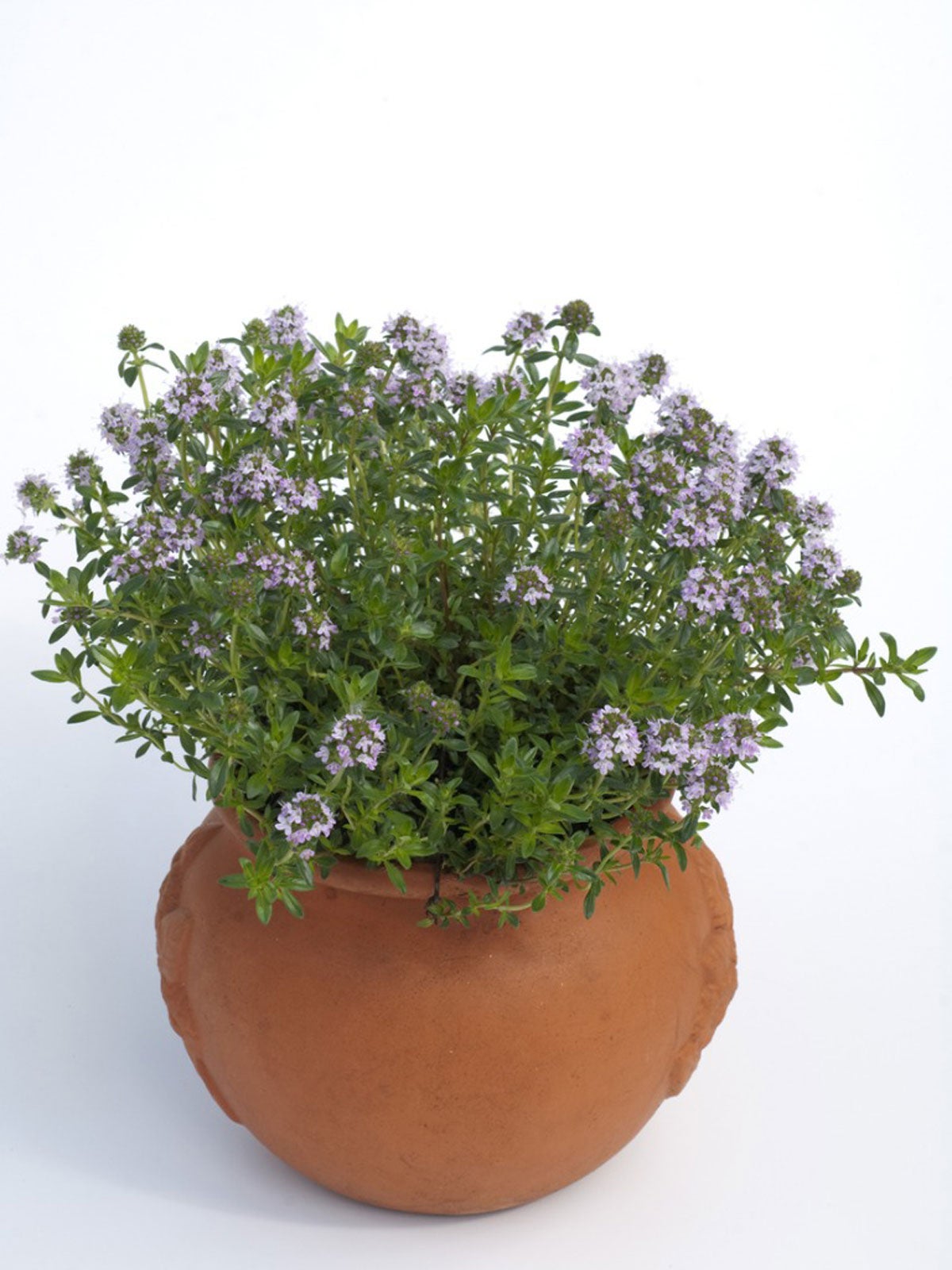 Indoor Winter Savory Care: How To Care For Winter Savory Inside
Indoor Winter Savory Care: How To Care For Winter Savory InsideLove the flavor of savory in your cooking? Growing winter savory indoors lets you enjoy those flavorful leaves year round. Learn more here.
By Bonnie L. Grant
-
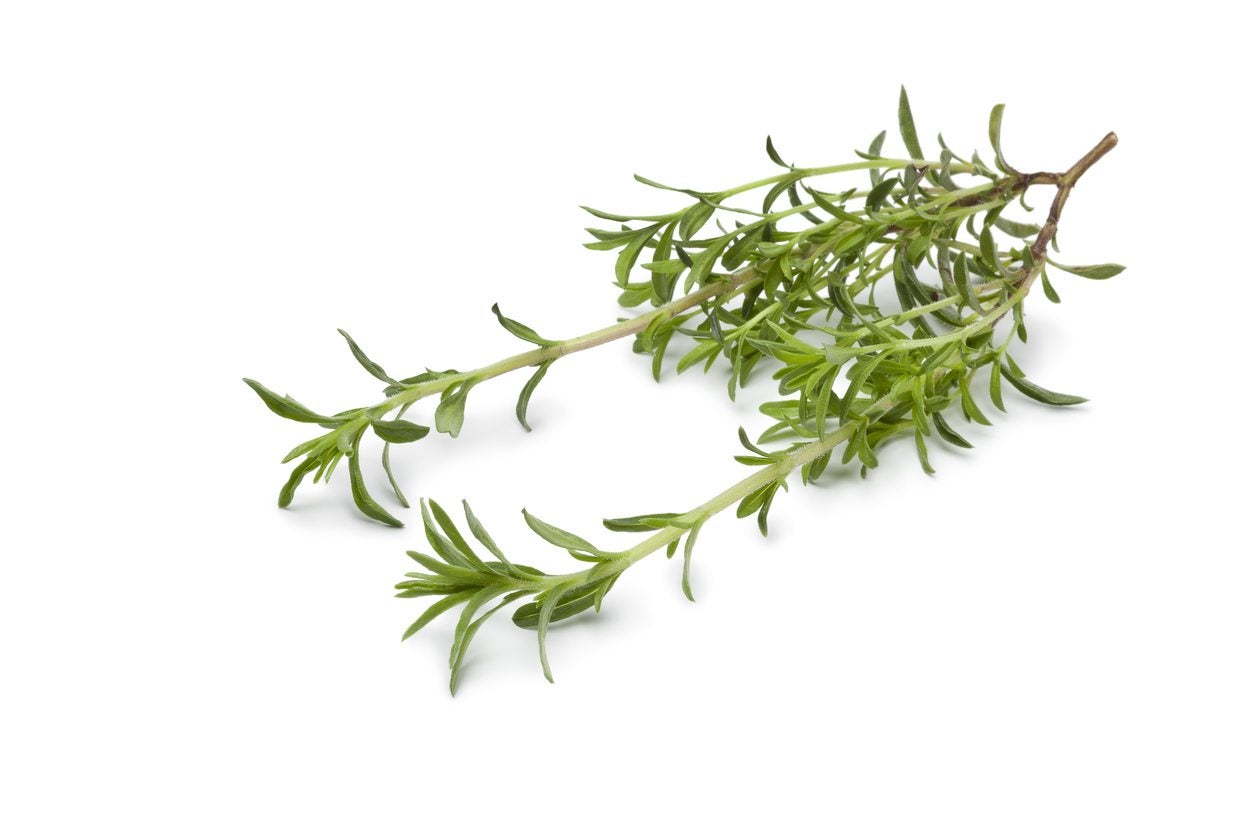 Picking Savory Plants – Learn About Savory Uses After Harvesting
Picking Savory Plants – Learn About Savory Uses After HarvestingCultivated for at least 2,000 years, both summer and winter savory have a multitude of uses after harvesting and are worthy additions to any herb garden. The following article contains information on harvesting savory herbs.
By Amy Grant
-
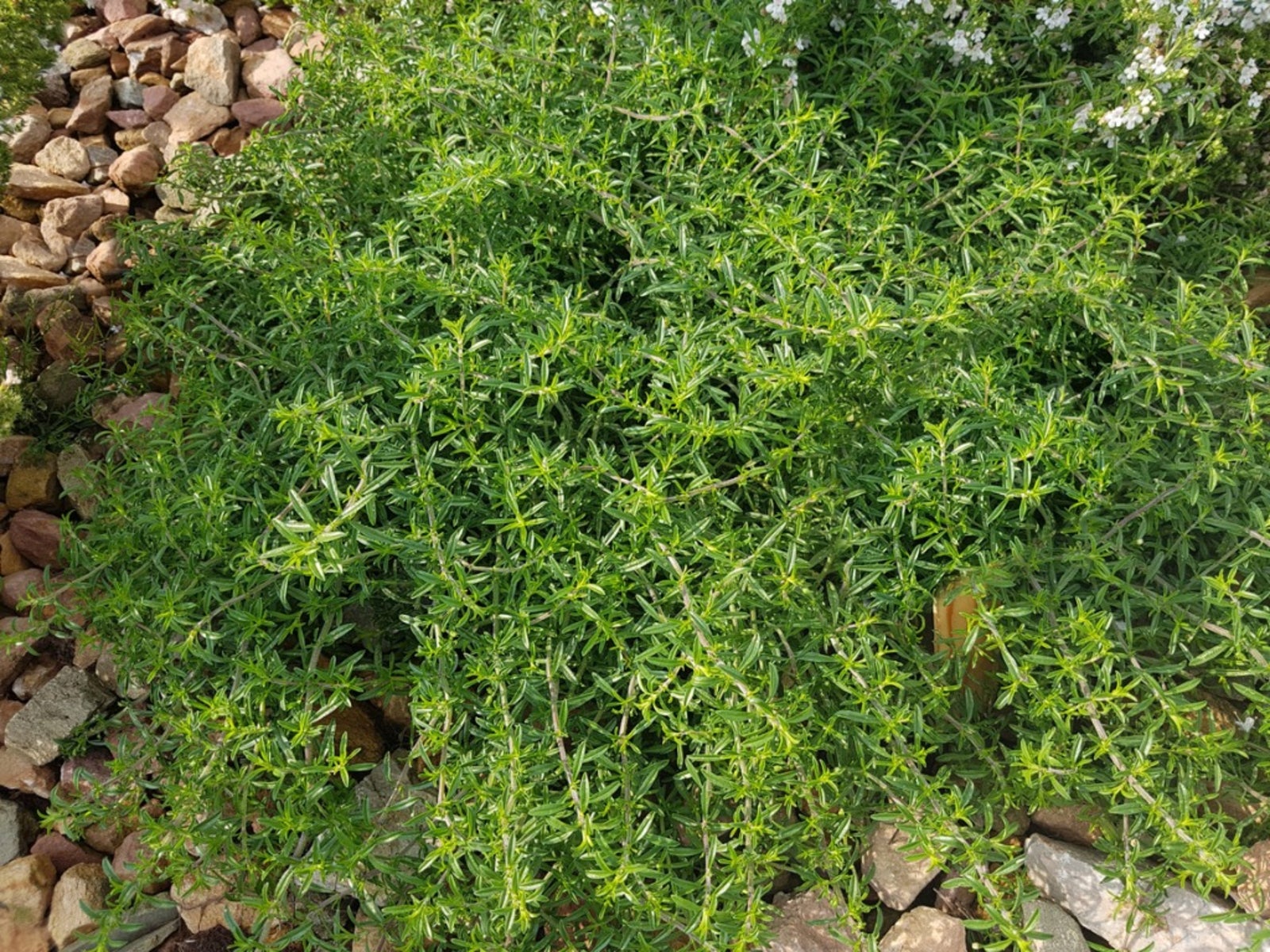 Creeping Savory Plants – How To Care For Creeping Savory Plants In The Garden
Creeping Savory Plants – How To Care For Creeping Savory Plants In The GardenCreeping savory in gardens are compact, fragrant plants at home in herb gardens or along borders or pathways. They're also great for containers and window boxes. Click this article to learn more about growing creeping savory in your own garden.
By Mary H. Dyer
-
 Care Of Winter Savory: Learn How To Grow Winter Savory Herbs
Care Of Winter Savory: Learn How To Grow Winter Savory HerbsThere are two types of savory, summer and winter, but in this article, we're going to focus on how to grow winter savory herbs. Click here to find out about the care and growing of winter savory and other winter savory plant information.
By Amy Grant
-
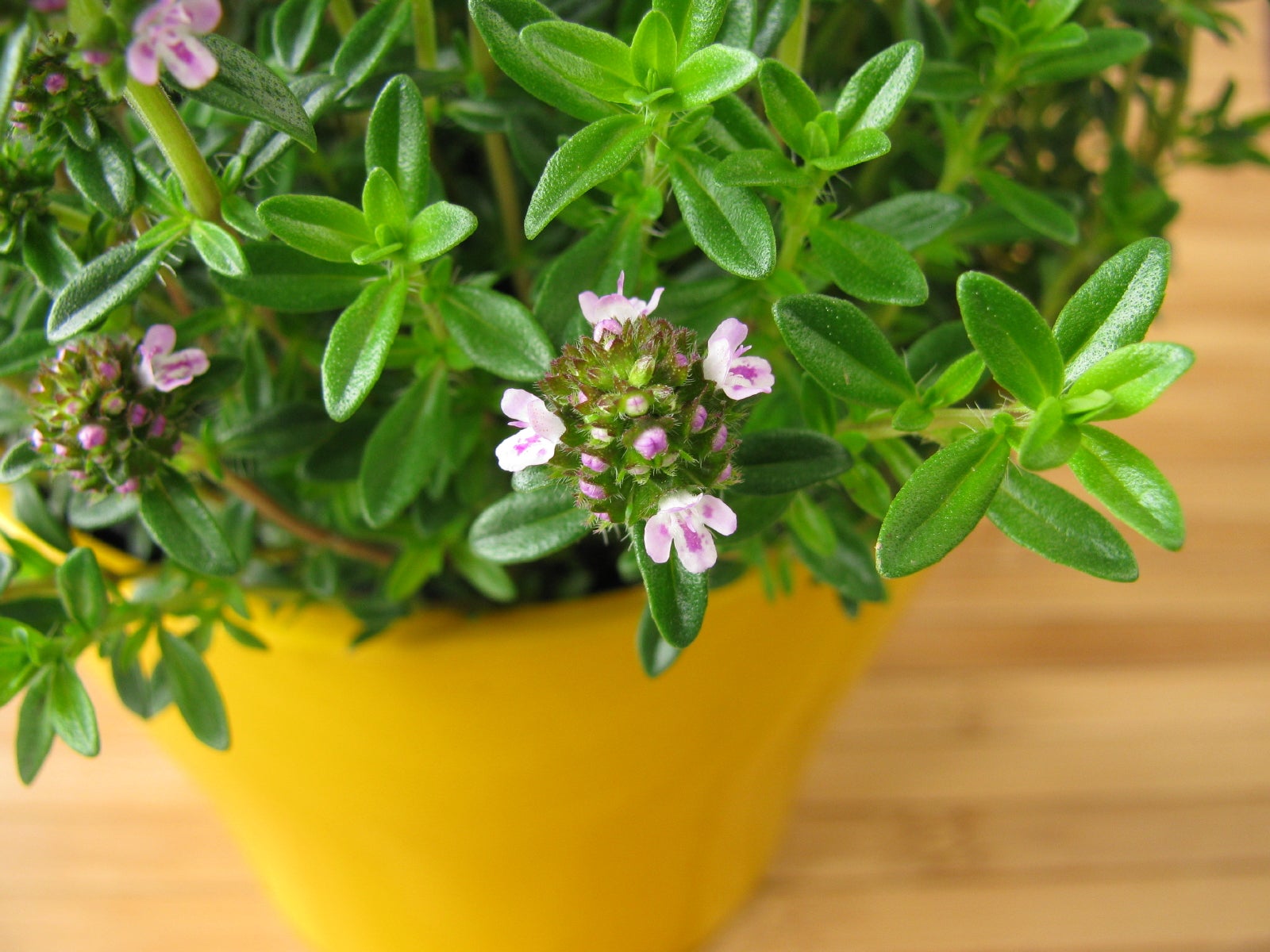 Growing Savory In Your Garden
Growing Savory In Your GardenGrowing savory in the home herb garden is not as common but both winter and summer savory are excellent additions to the kitchen. Planting savory is easy and, this article will help.
By Heather Rhoades